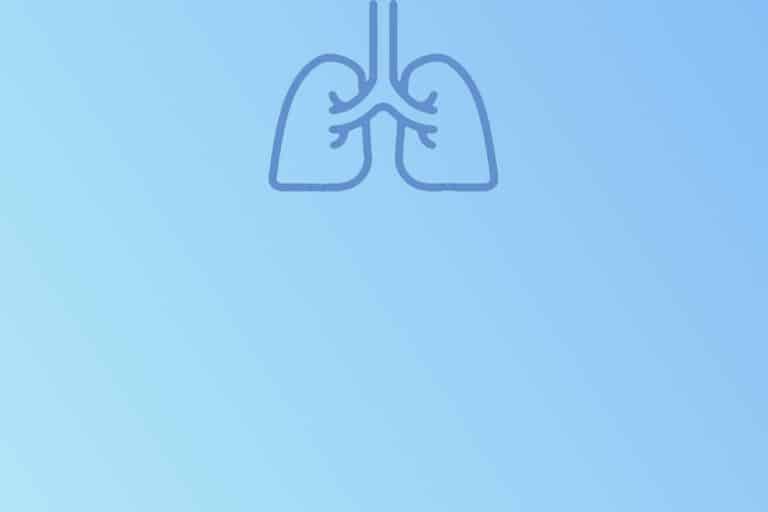Pulmonary hypertension
Persistent pulmonary hypertension of newborns (PPHN) is characterized by postnatally persistent vasoconstriction of the pulmonary arteries, causing increased pulmonary arterial resistance. As a consequence, right-left shunting (extra-pulmonary shunts) occurs through foramen ovale apertum (FOA) and patent ductus arteriosus (PDA) with resultant hypoxemia. Also, pulmonary arteries in neonates are more prone to vasoconstriction than in adults. There is primary (impaired development of pulmonary arteries) and more common secondary PPHN (see below).
For successful transition from intrauterine to extrauterine environment, relatively rapid conversion to air breathing and blood flow changes (especially in pulmonary vascular system) must occur simultaneously. Spontaneous breathing causes water in lungs to be resorbed into blood and lymphatic vessels (liquid to gaseous lung environment). This enables alveolar gas exchange, which in turn increases partial pressure of oxygen (PaO₂) causing pulmonary vasodilation and circulation changes.
Circulation transformation happens as the pulmonary blood flow increases with the decreasing pulmonary hypertension. Thus, ductal shunting changes to left-right and increased PaO₂ causes ductus arteriosus to close. The adaptive process can be thwarted by a number of pathologic conditions (secondary PPHN).
Primary PPHN
- developmental anomaly of pulmonary arteries (muscular hyperplasia) => poor prognosis
Secondary PPHN
- perinatal asphyxia
- hypothermia
- hypoxemia and acidosis
- metabolic disturbances (hypoglycemia, hypocalcemia)
- polycythemia
- sepsis
- meconium aspiration syndrome (MAS)
- pulmonary hypoplasia (congenital diaphragmatic hernia = CDH)
- maternal medication during pregnancy (prostaglandin inhibitors)
- iatrogenic (inappropriately managed ventilation support)
Diagnosis
Clinical Signs
- tachypnea, dyspnea
- cyanosis due to hypoxemia that is non-responsive to high FiO2 and ventilation efforts
- systolic murmur (tricuspid regurgitation, PDA)
- systemic hypotension
- Do not forget to rule out congenital heart defects that have similar clinical findings!
Laboratory Findings
- arterial blood gas analysis (hypercapnia, hypoxemia, acidosis)
Imaging
- Chest X-ray (normal in primary PPHN; can be abnormal for secondary causes of PPHN => CDH, pneumonia, MAS)
- Pulse oximetry discrepancy between preductal and postductal oxygen saturation (right-left shunting)
- Echocardiography (dilated right atrium and ventricle, tricuspid regurgitation, right-left shunting through PDA, decreased left cardiac output)
Therapy
Ventilation
- Mechanical ventilation (sometimes high frequency oscillatory ventilation = HFOV)
- Oxygen therapy (FiO2 1.0)
Circulation
- Inotropic support (Noradrenaline to increase the systemic arterial pressure, Dobutamine or Milrinone to support myocardial contractility)
- Volume therapy (10-20 ml/kg, 1-2 times)
- Corticosteroids (Hydrocortisone)
- Pulmonary Vasodilation (Oxygen, Nitric oxide, Sildenafil)
→ inhalation nitric oxide (iNO) given at 5-20 ppm (partes per milion) has very potent selective vasodilation effect on pulmonary arteries
Other
- Sedation (movement and unrest worsen PPHN)
References
① Jain A, McNamara PJ. Persistent pulmonary hypertension of the newborn: Advances in diagnosis and treatment. Semin Fetal Neonatal Med. 2015;20(4):262-271. doi:10.1016/j.siny.2015.03.001




